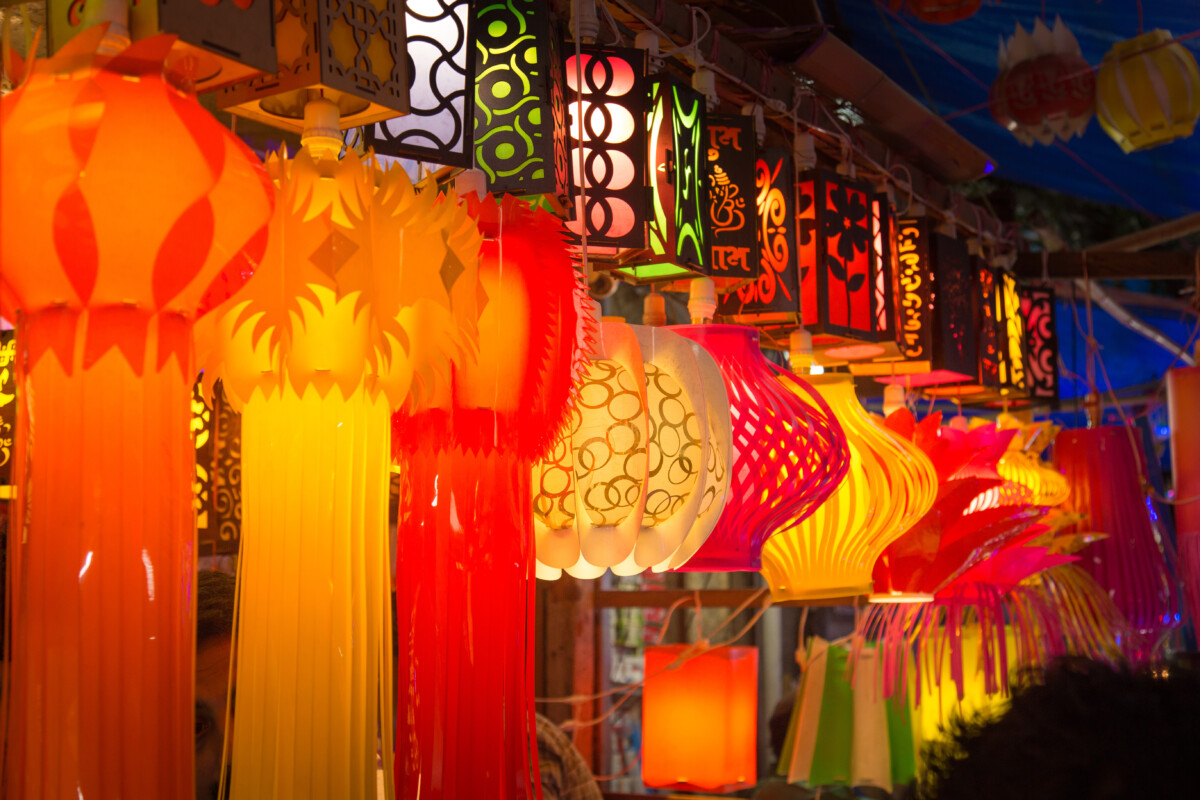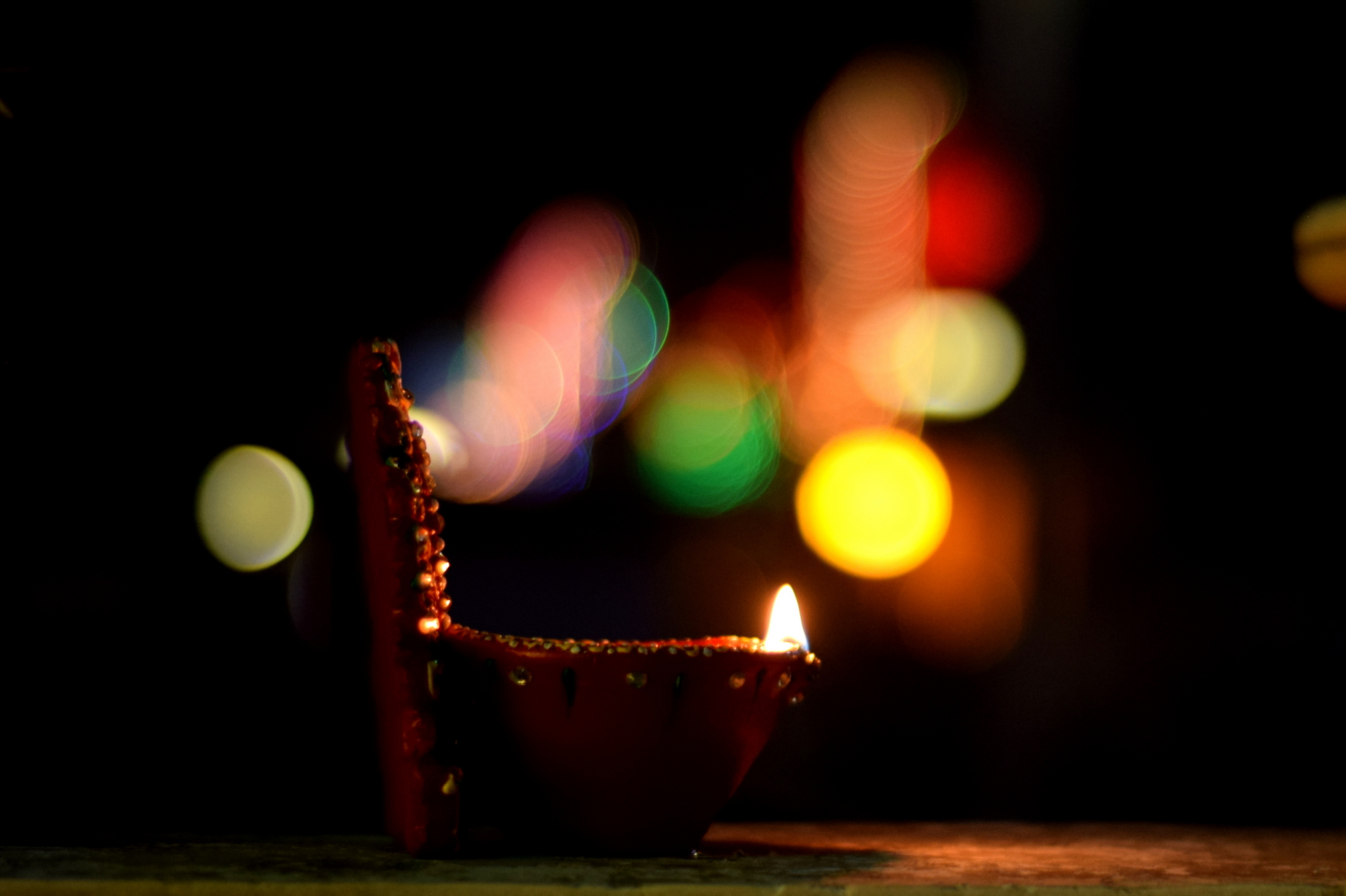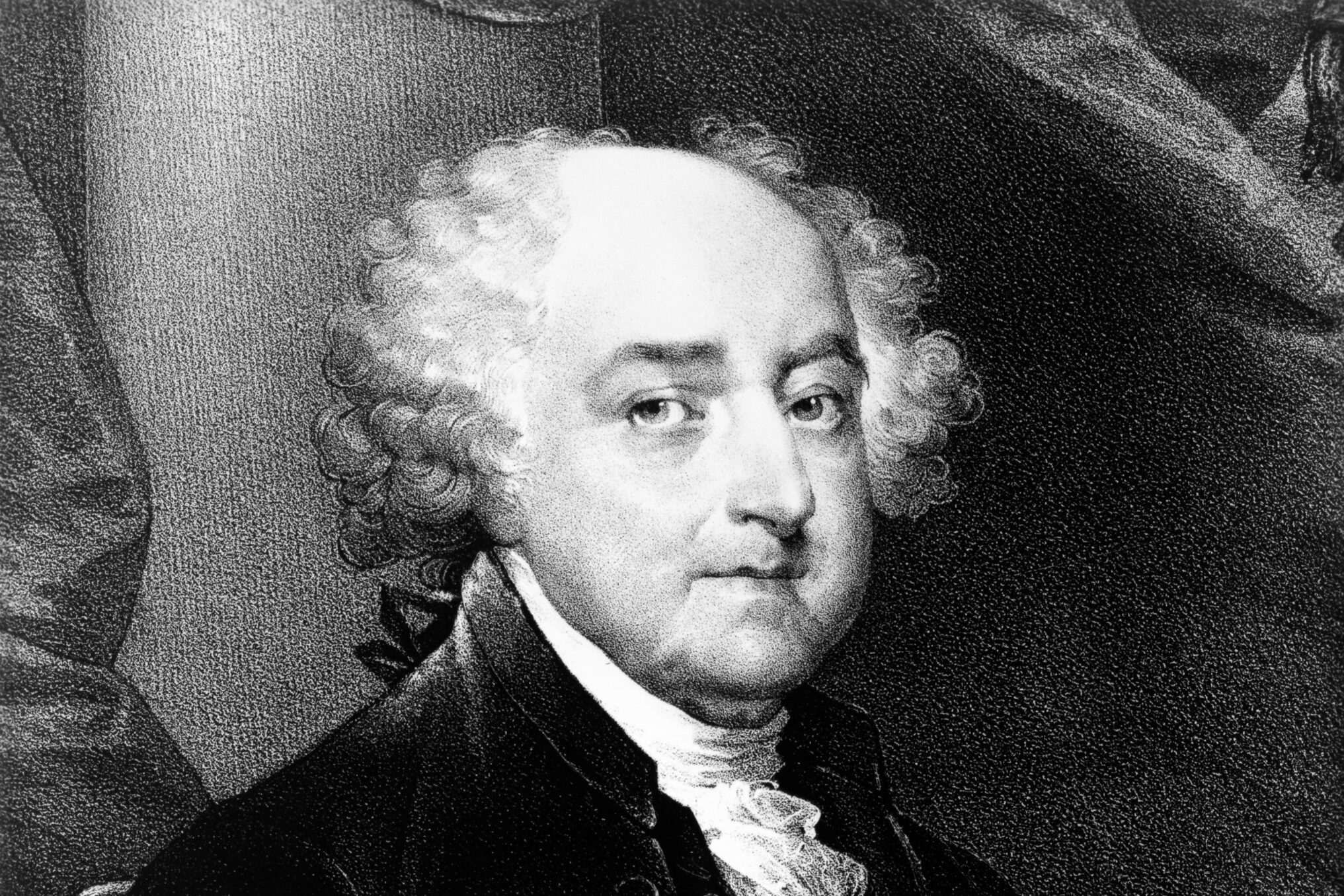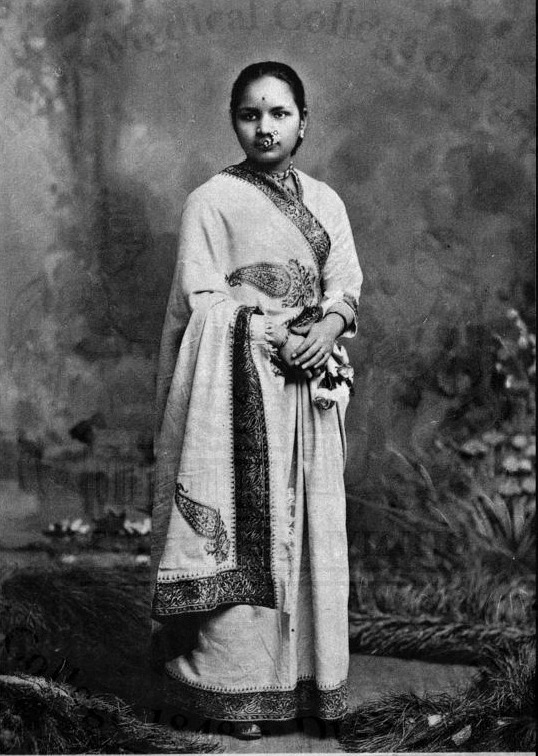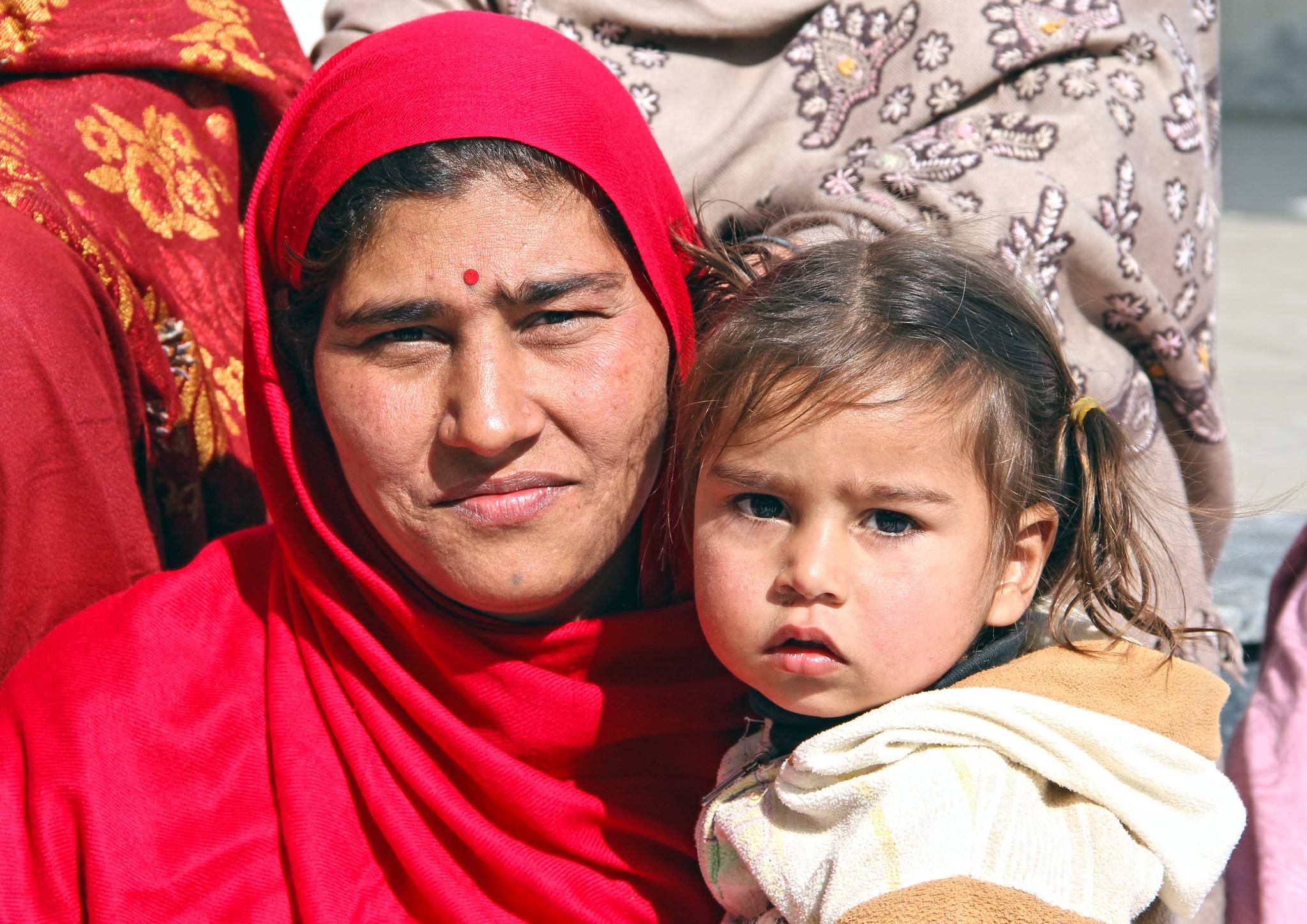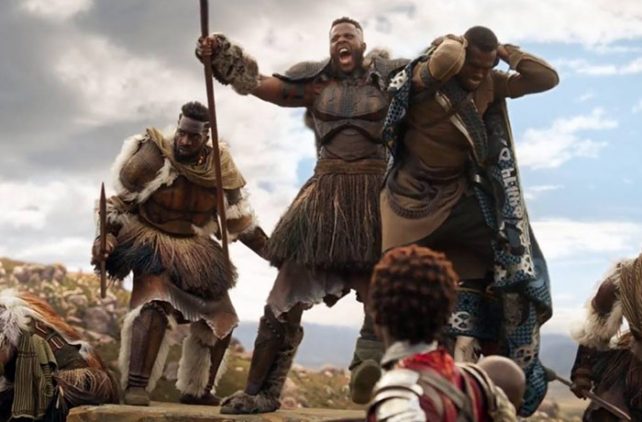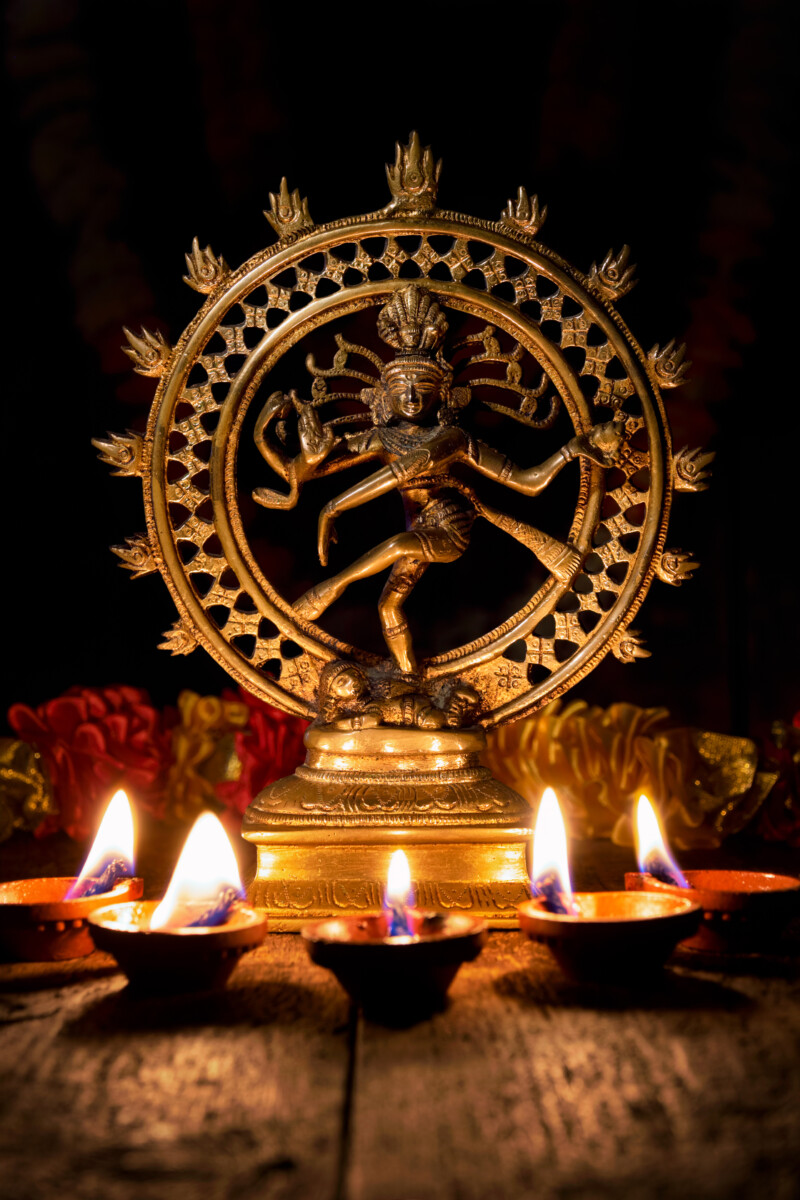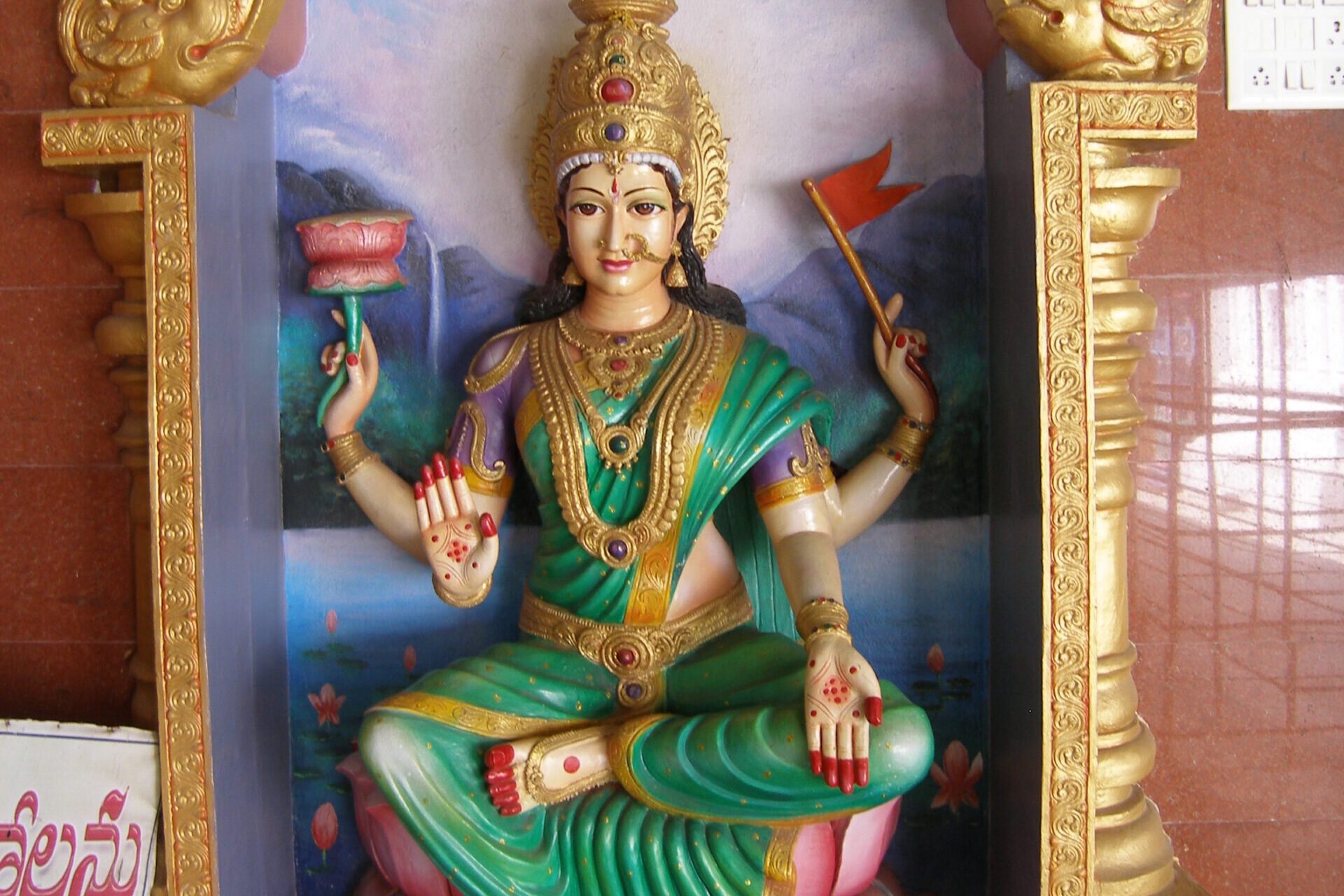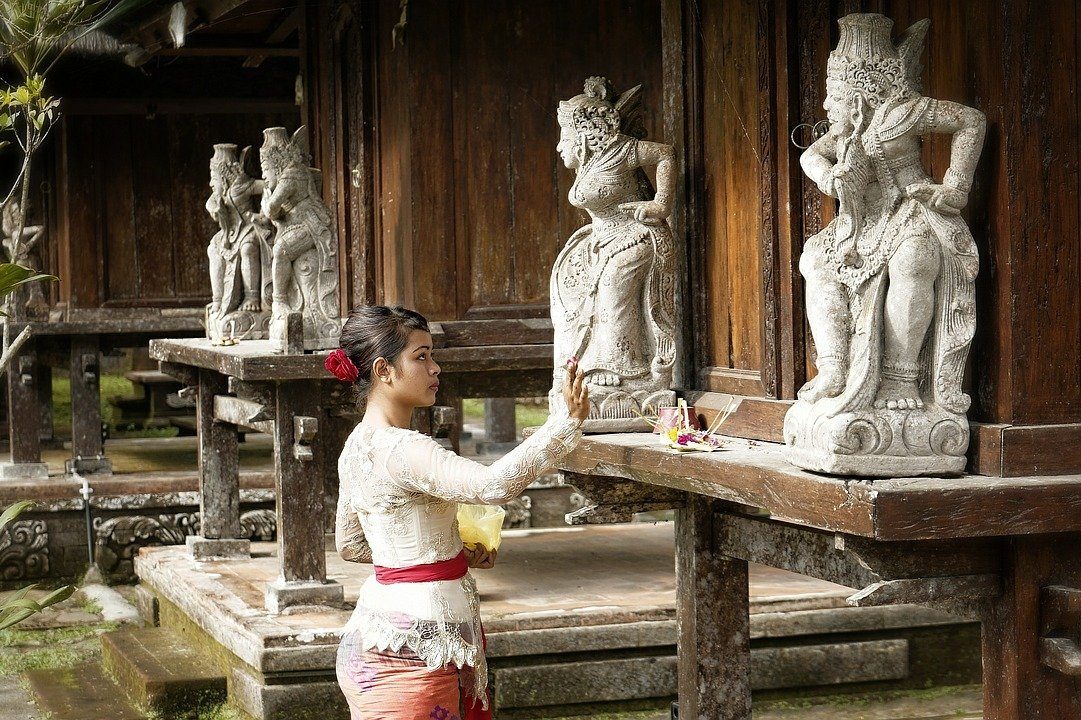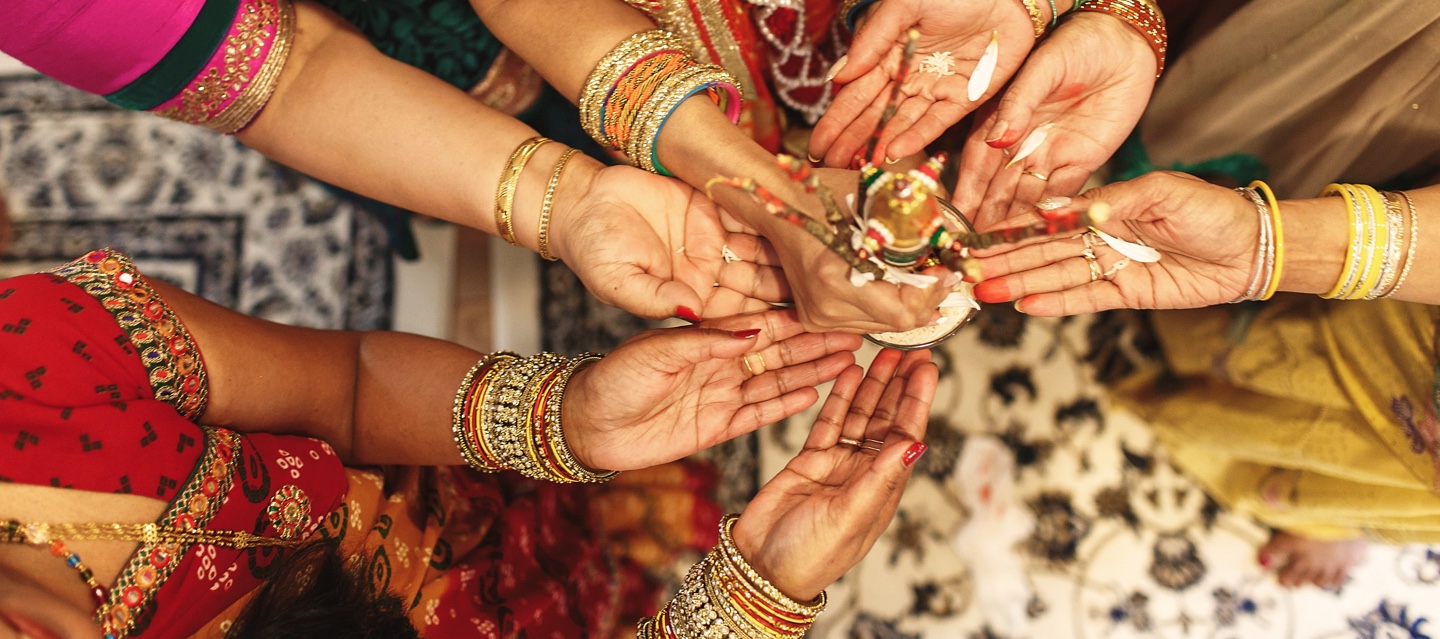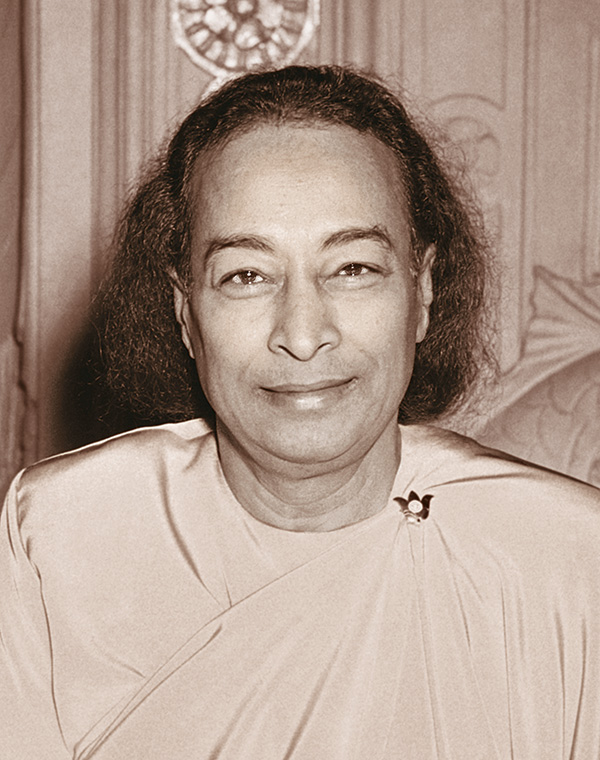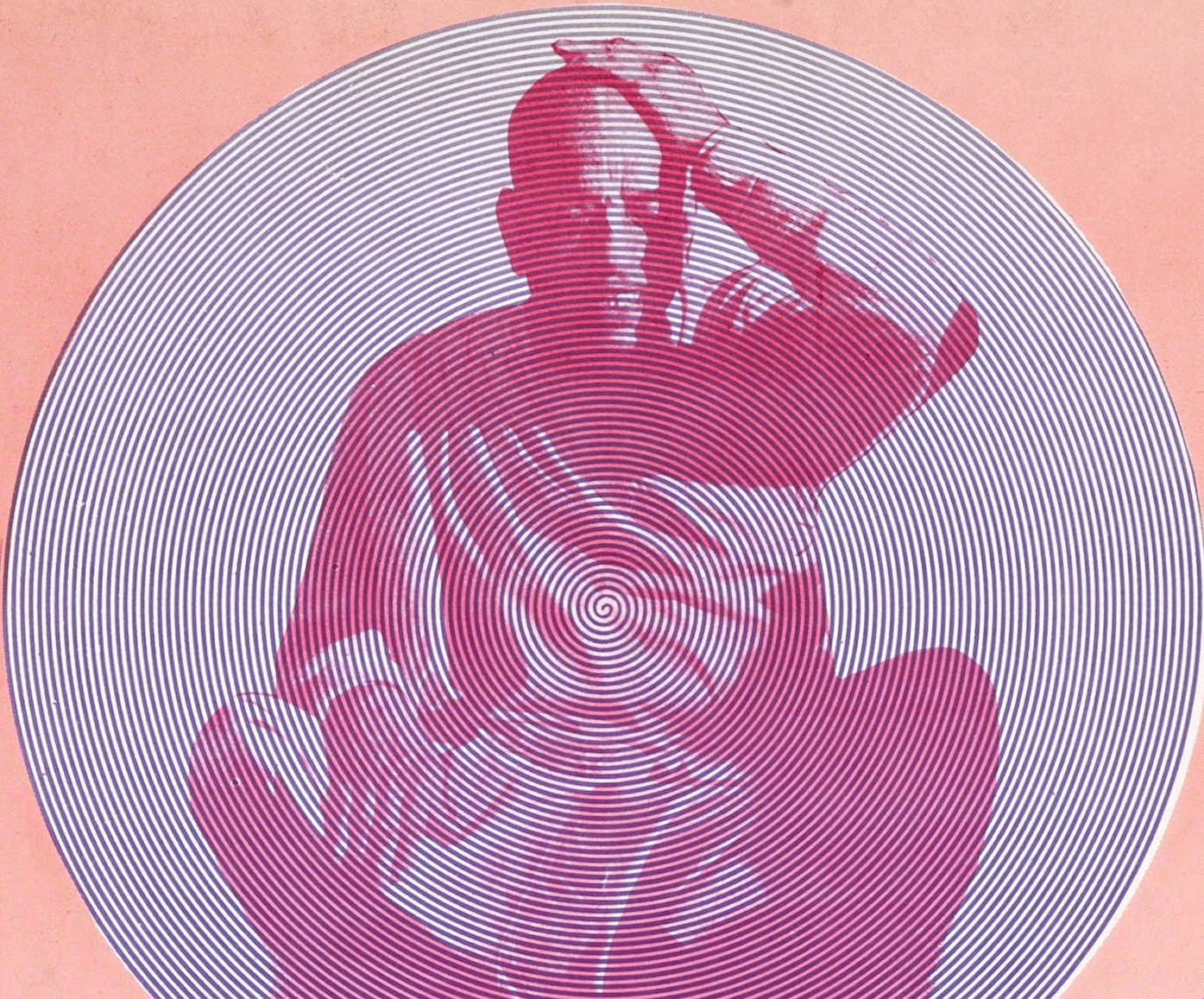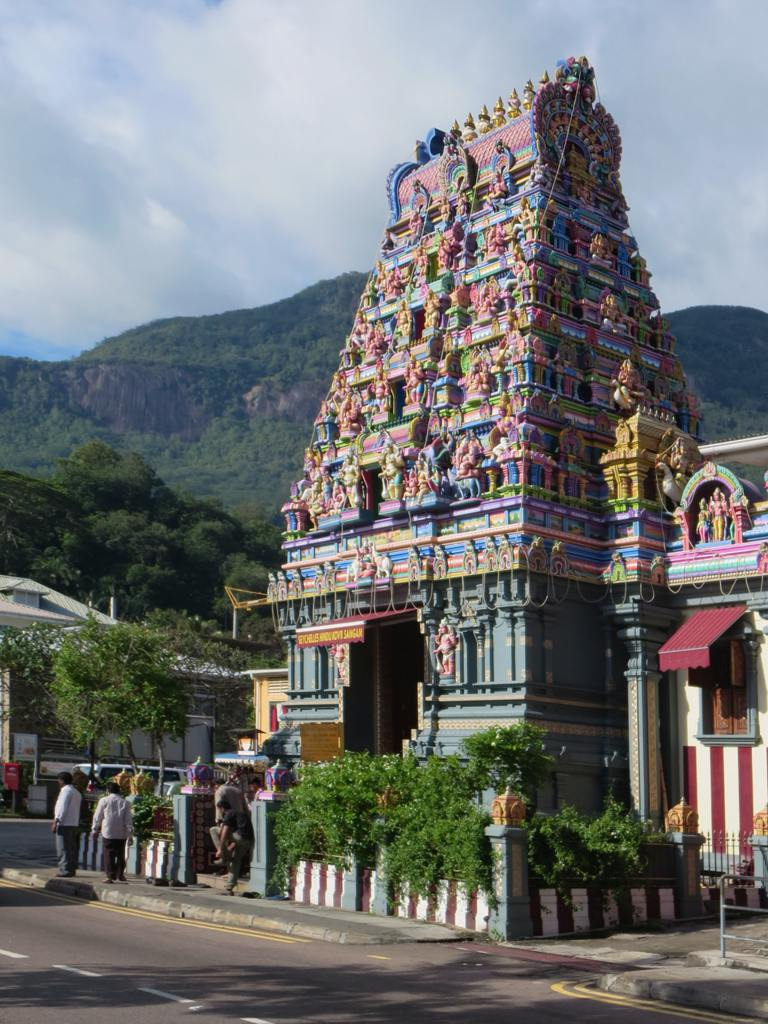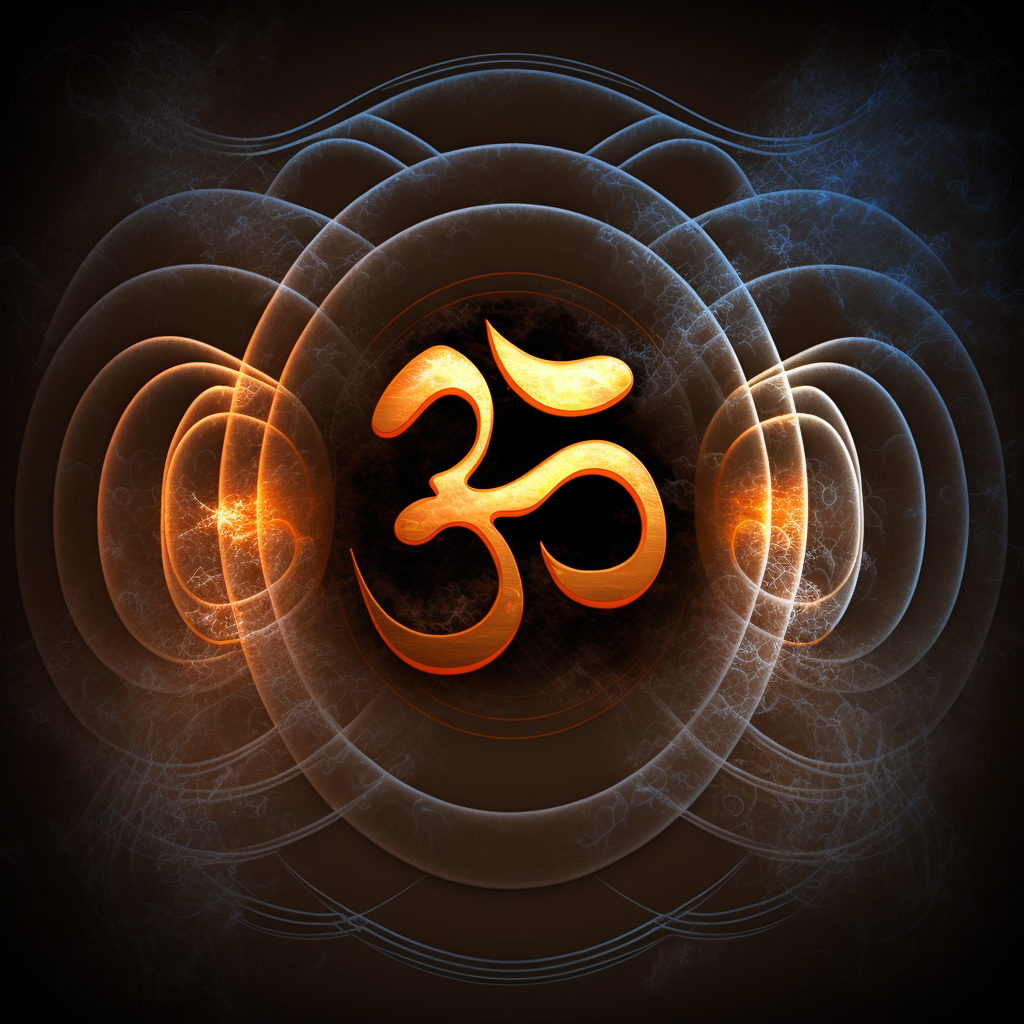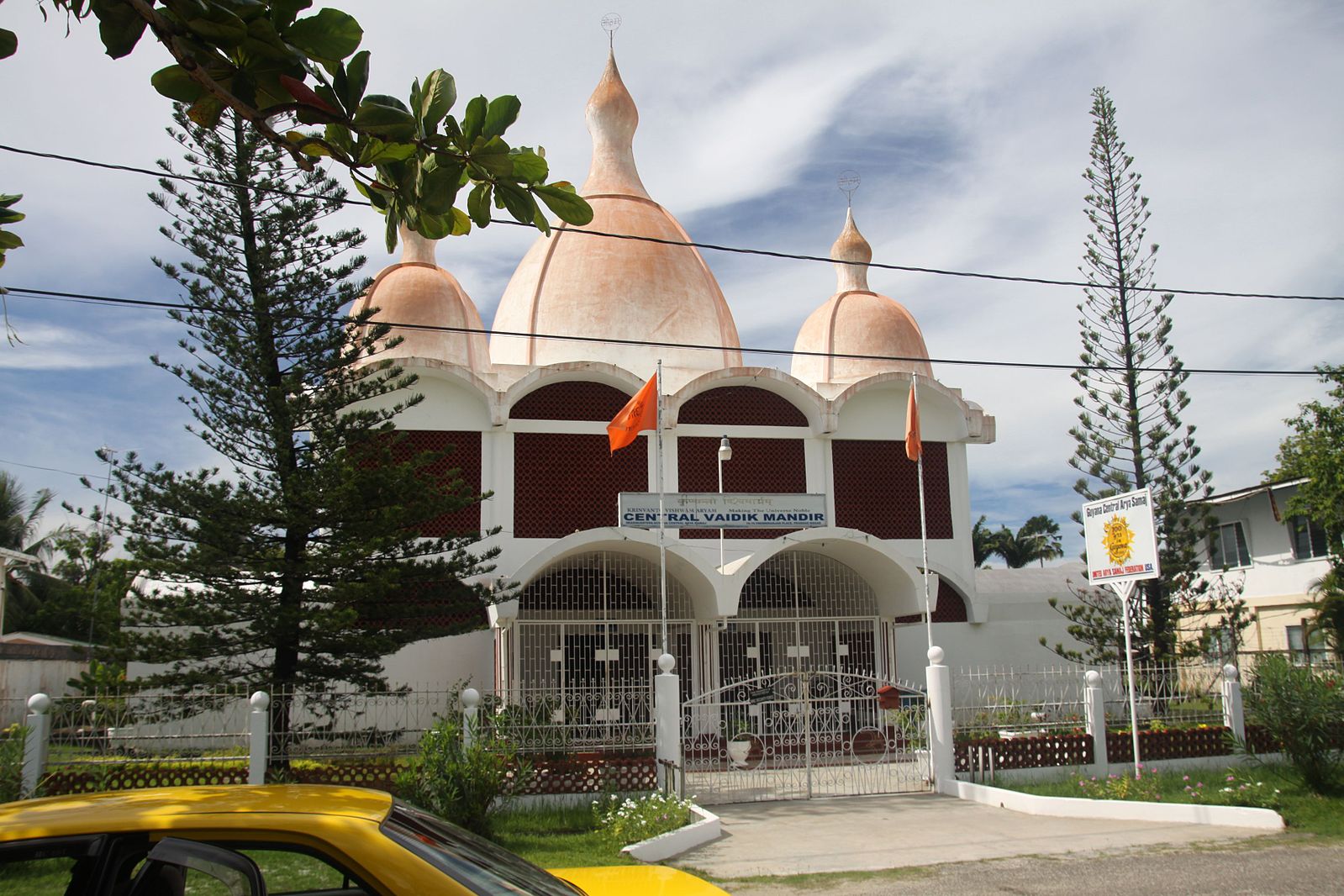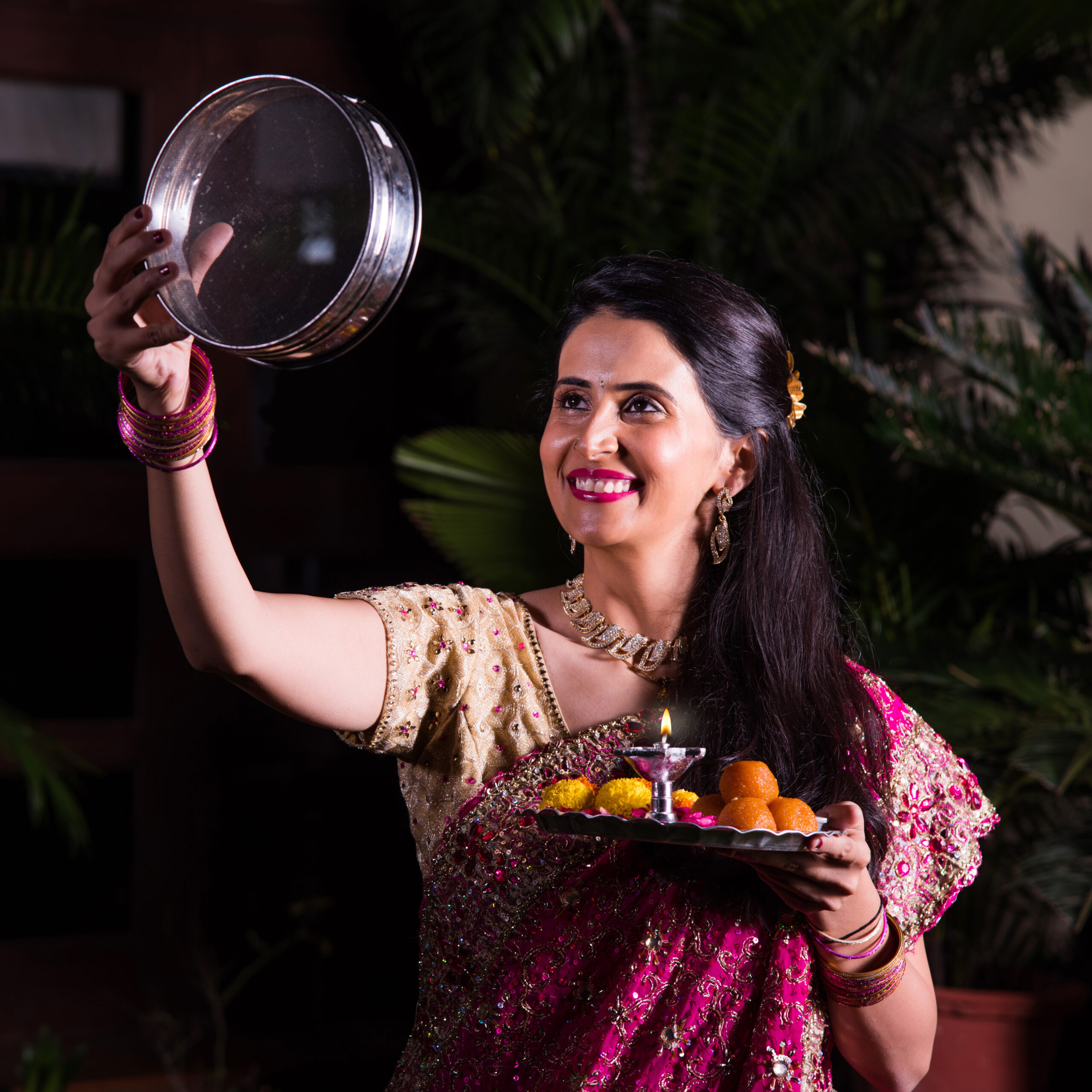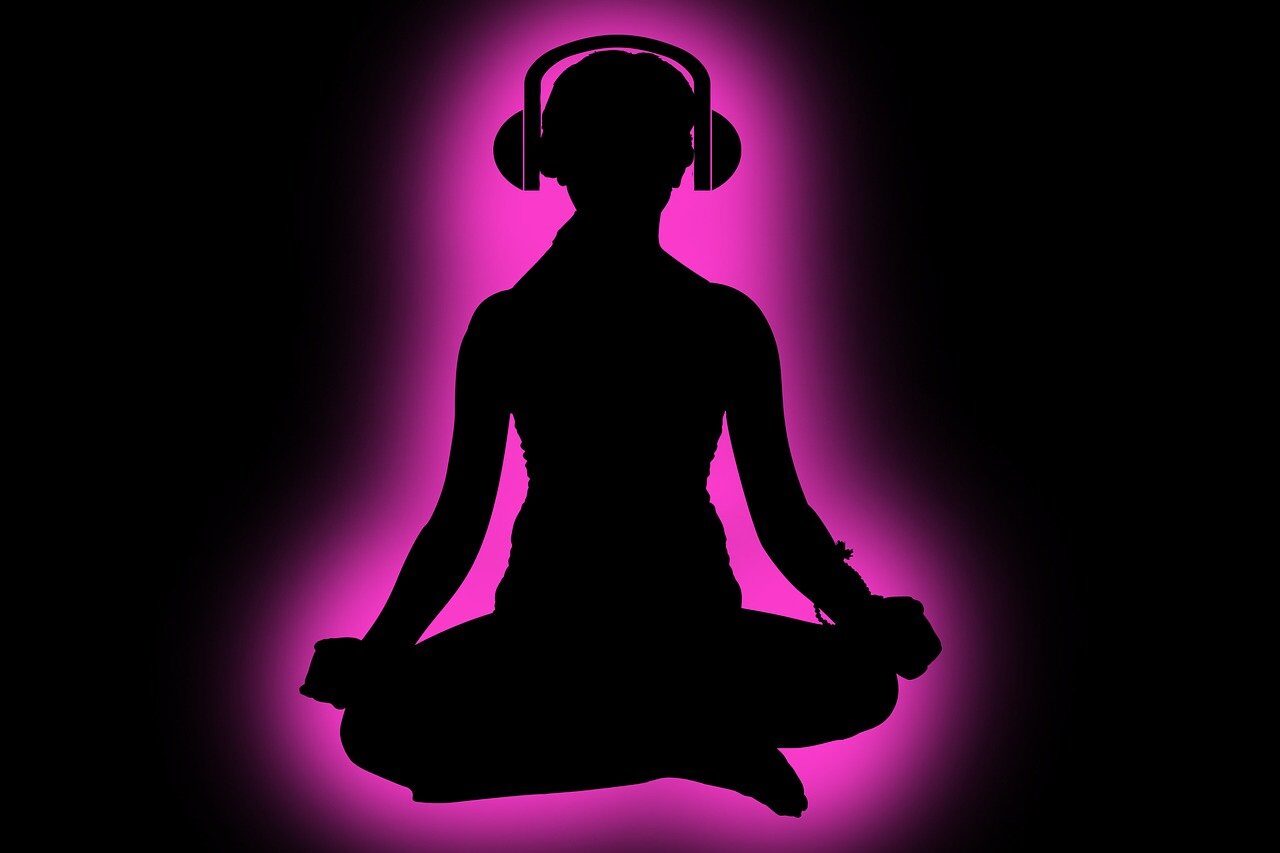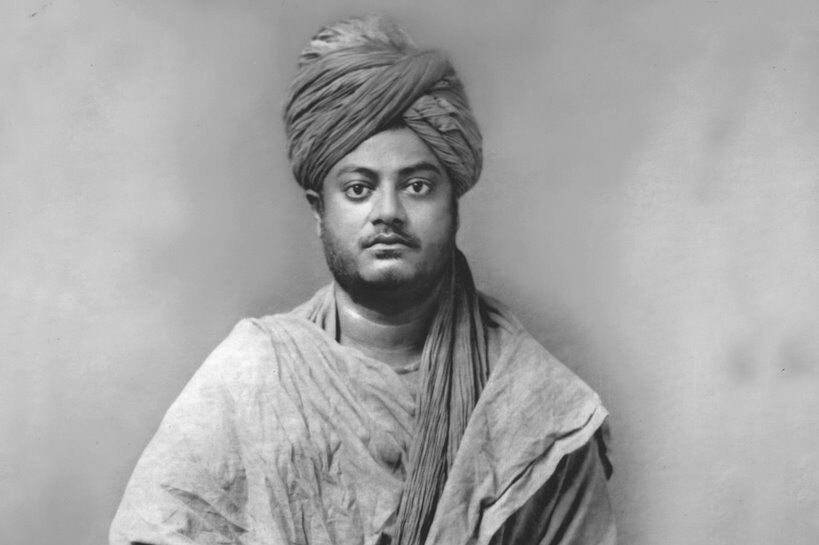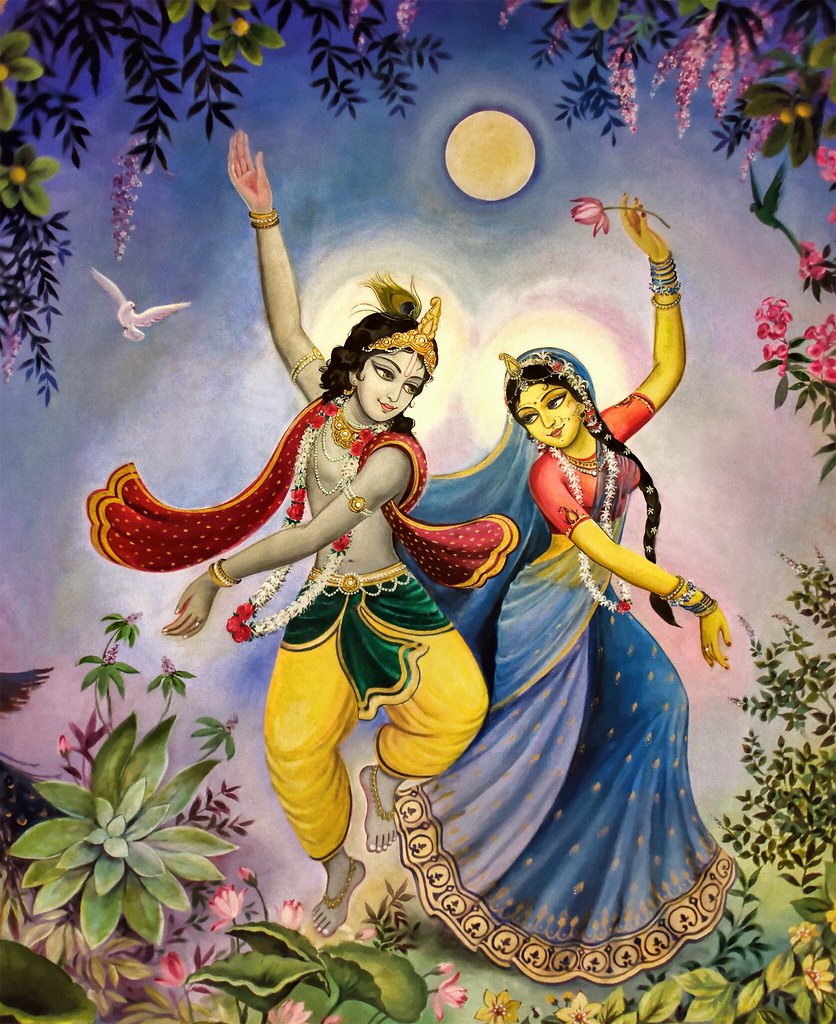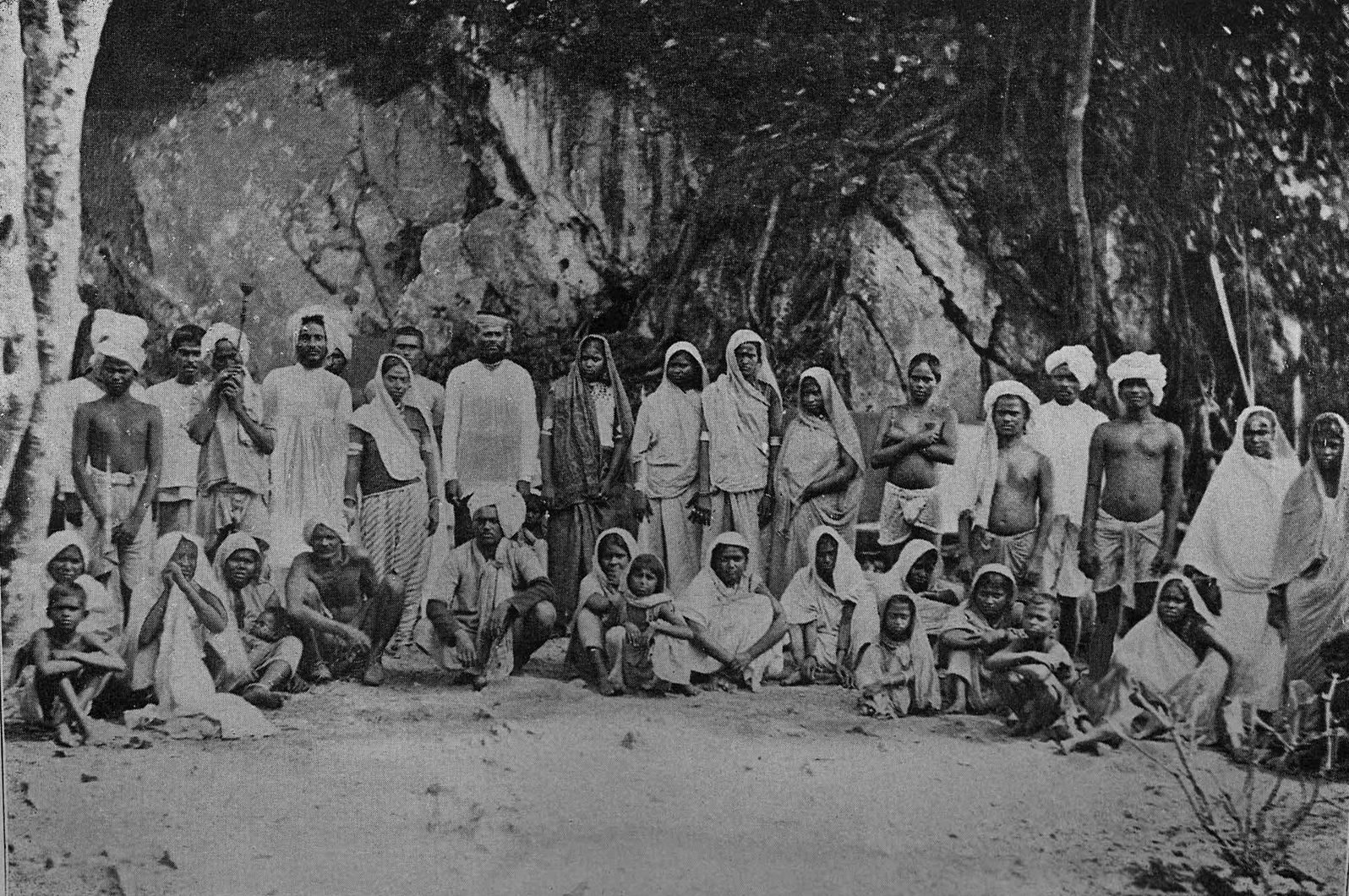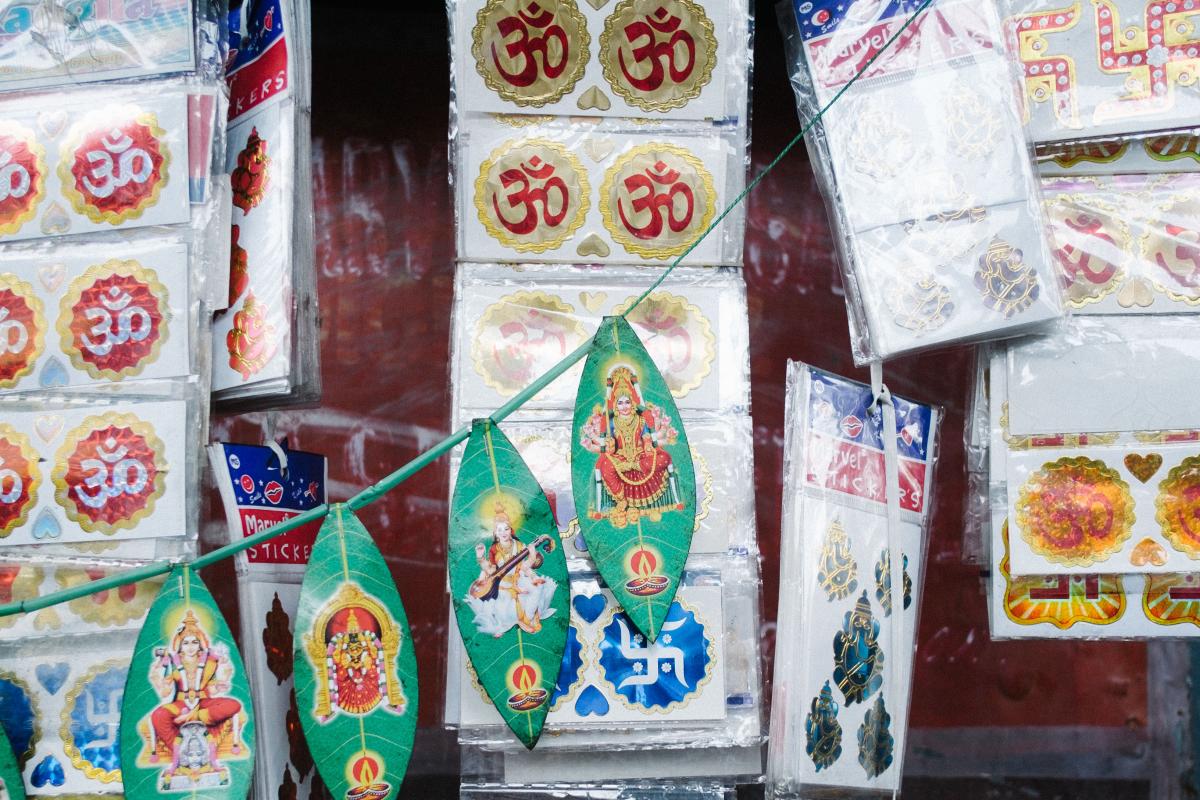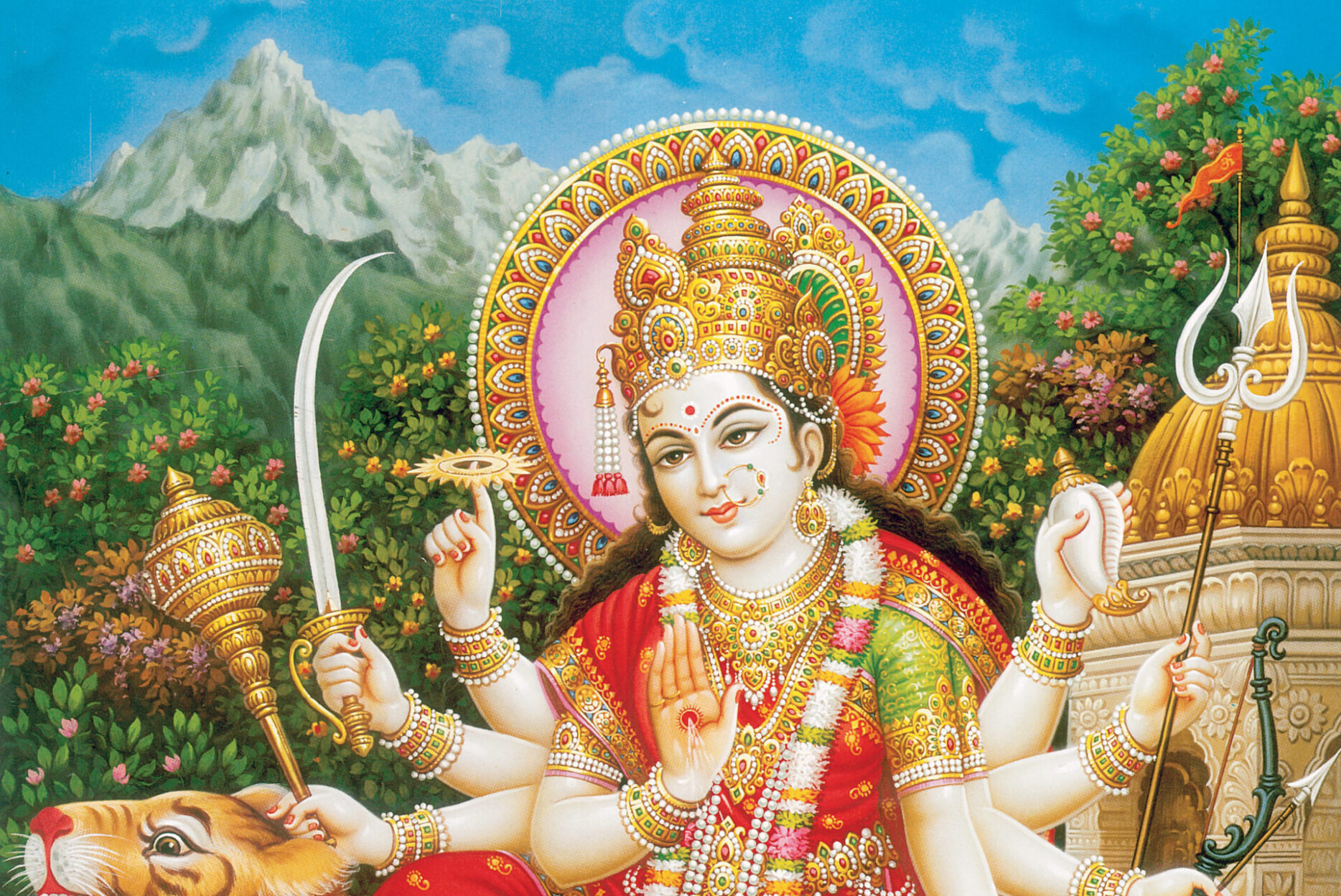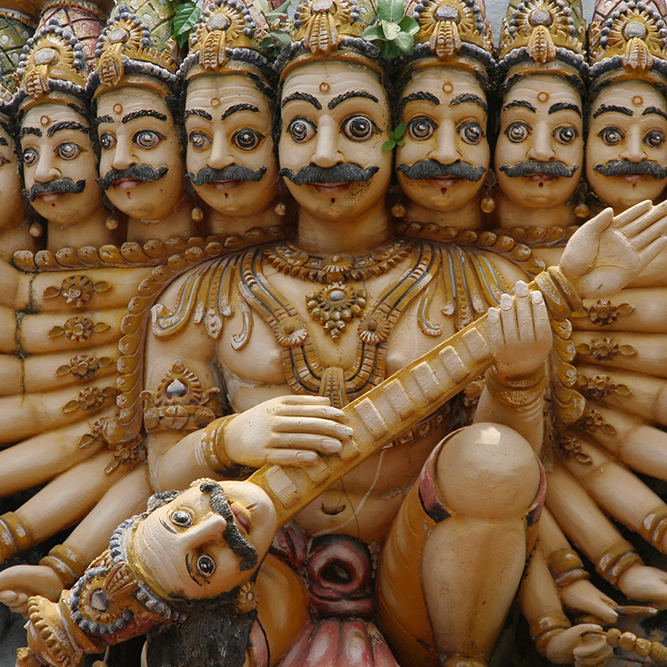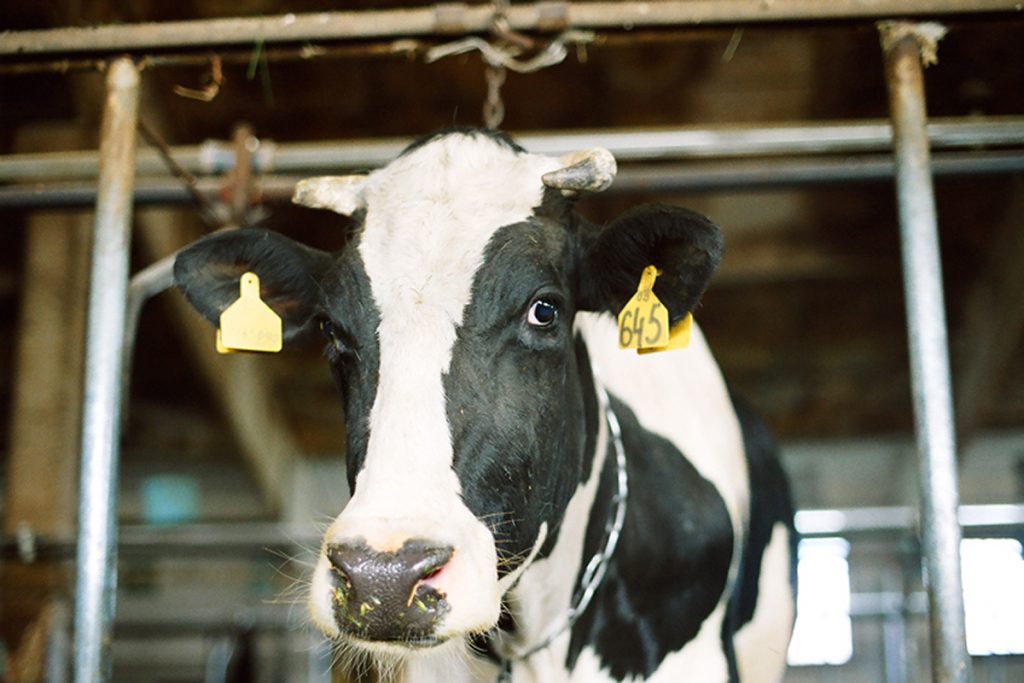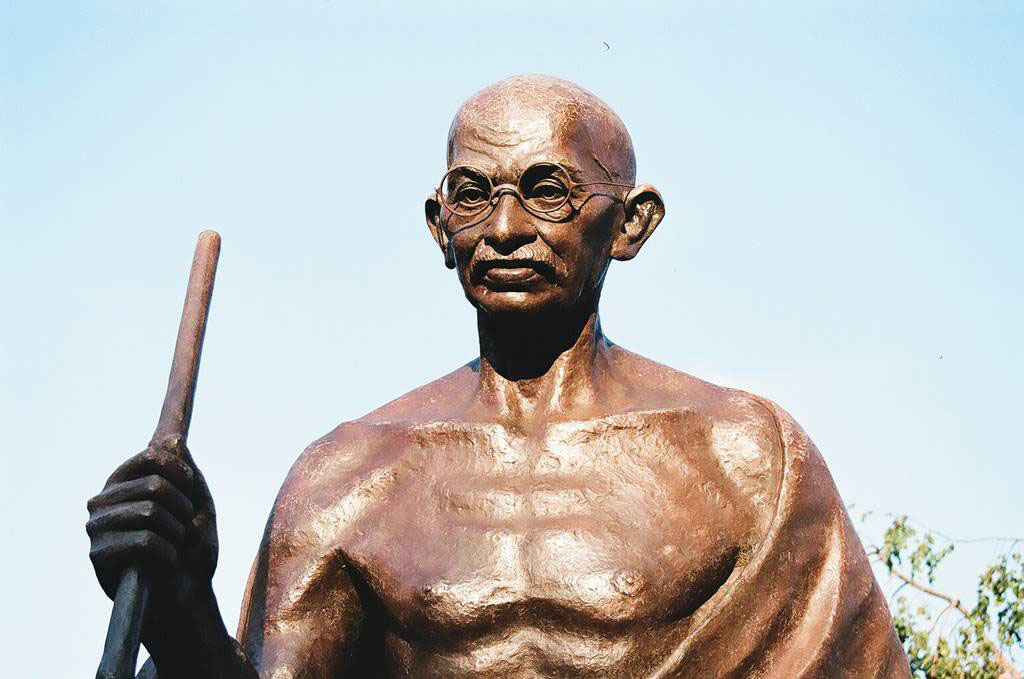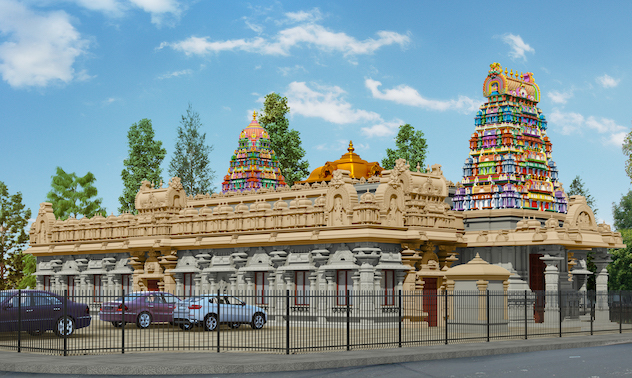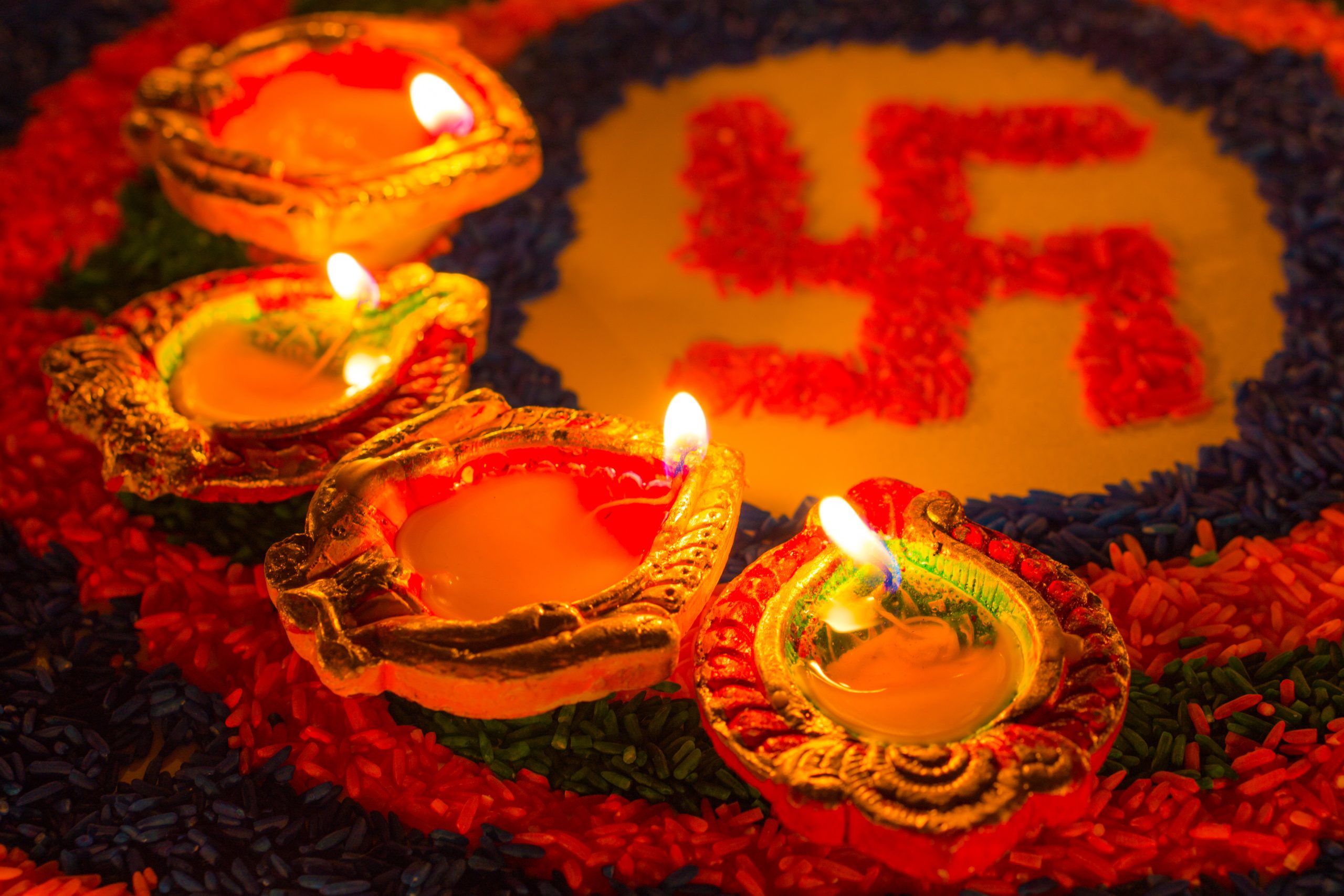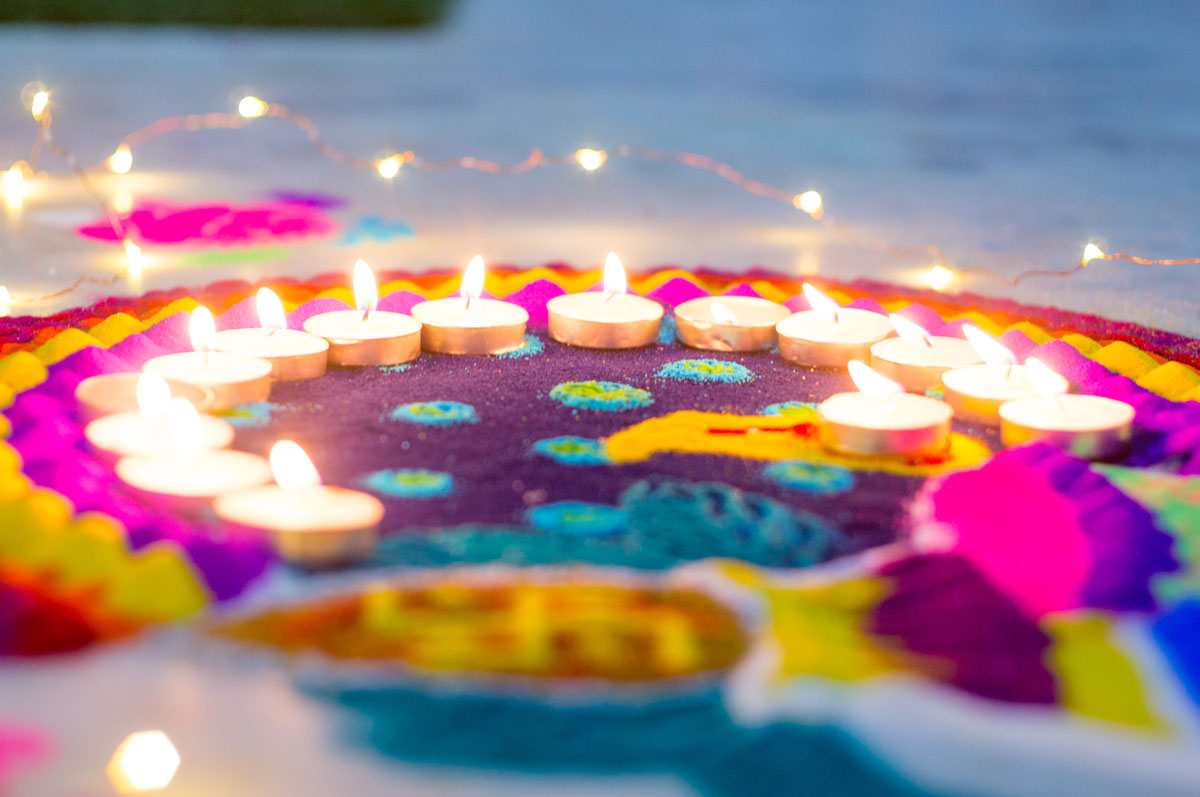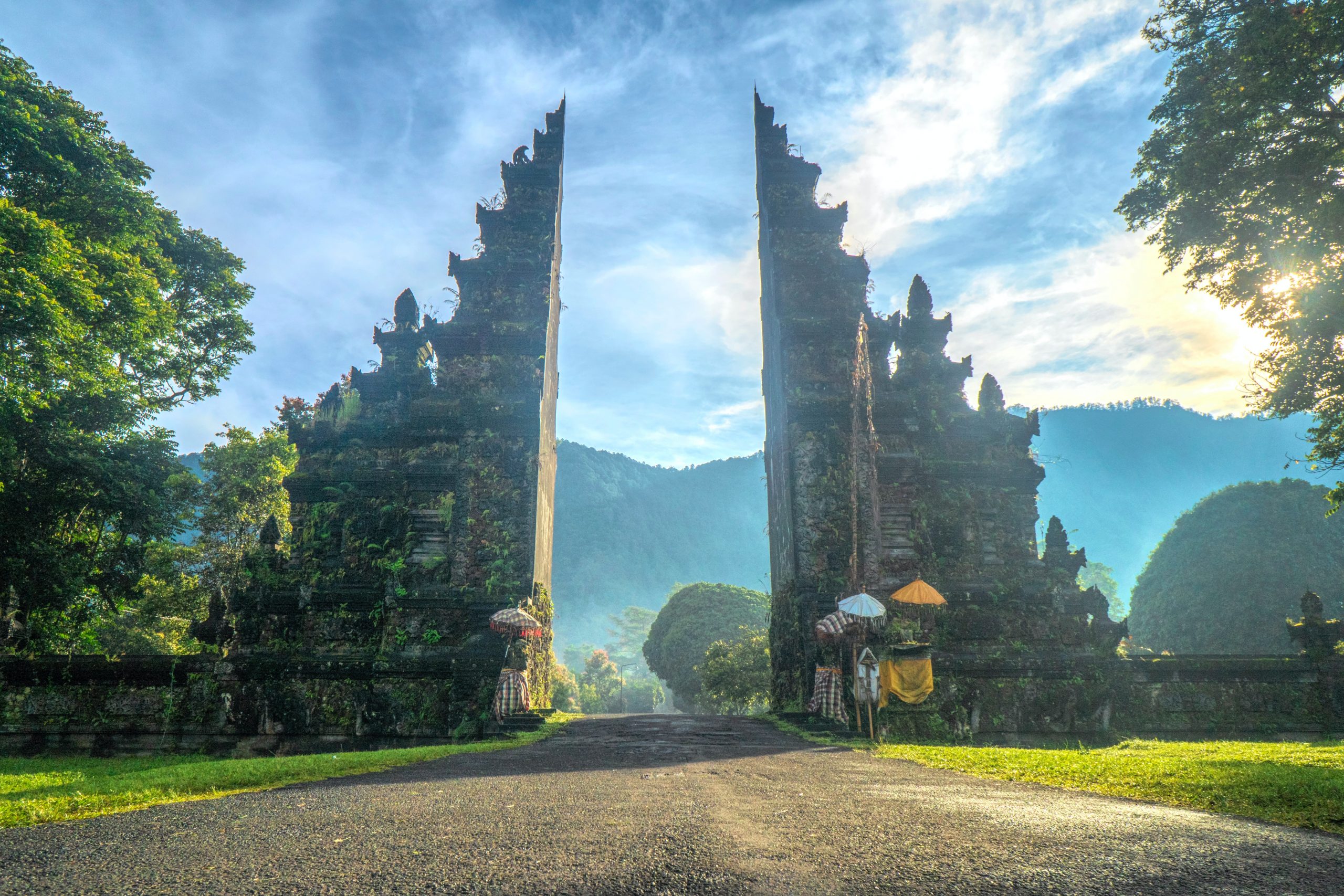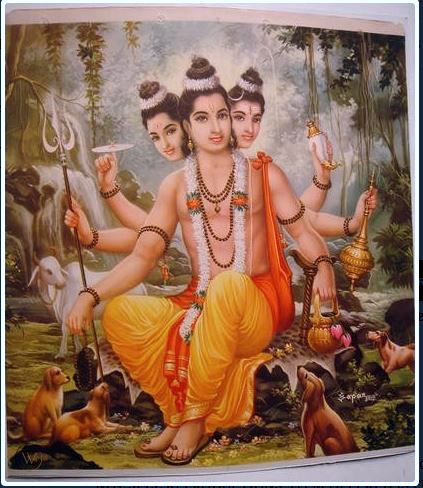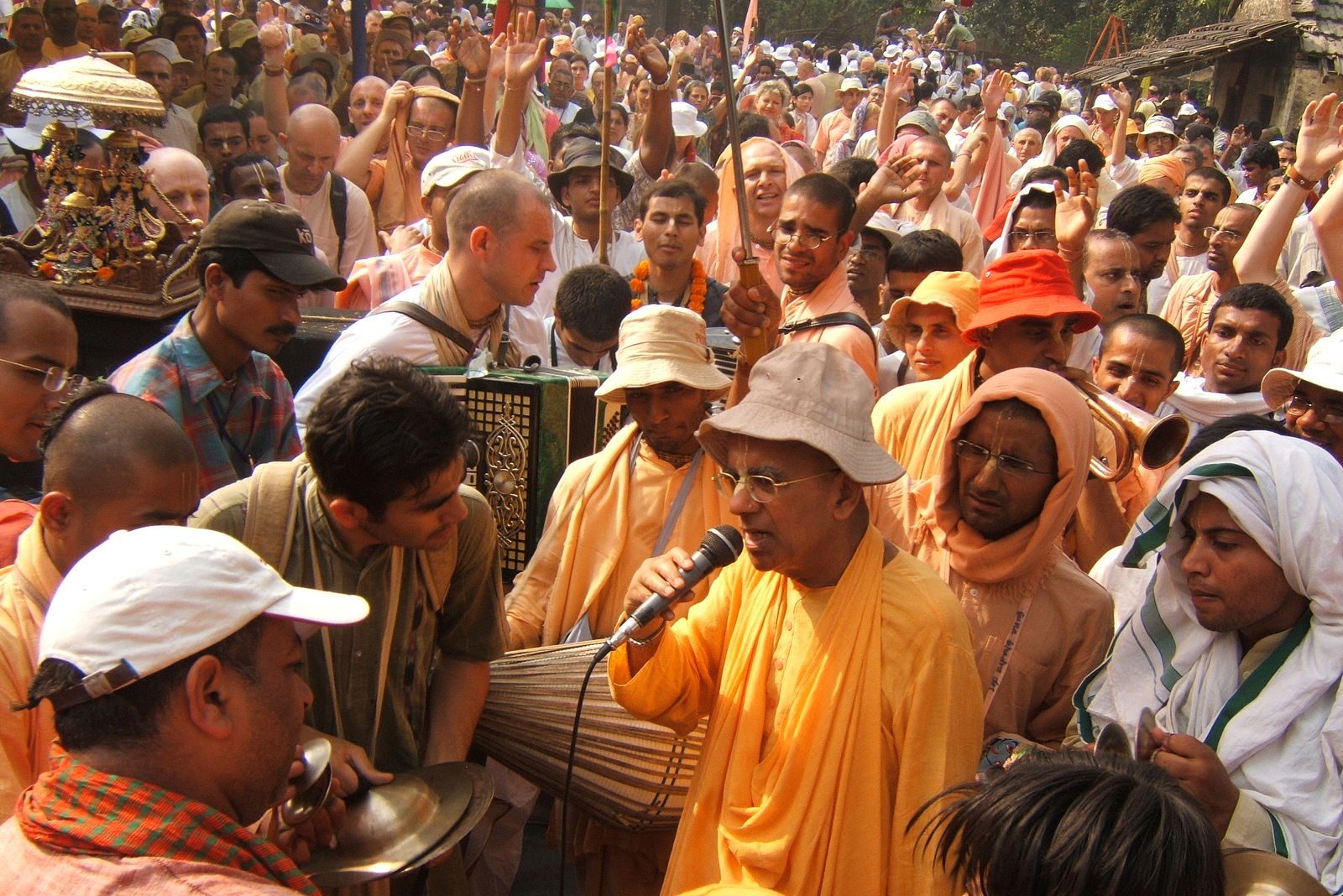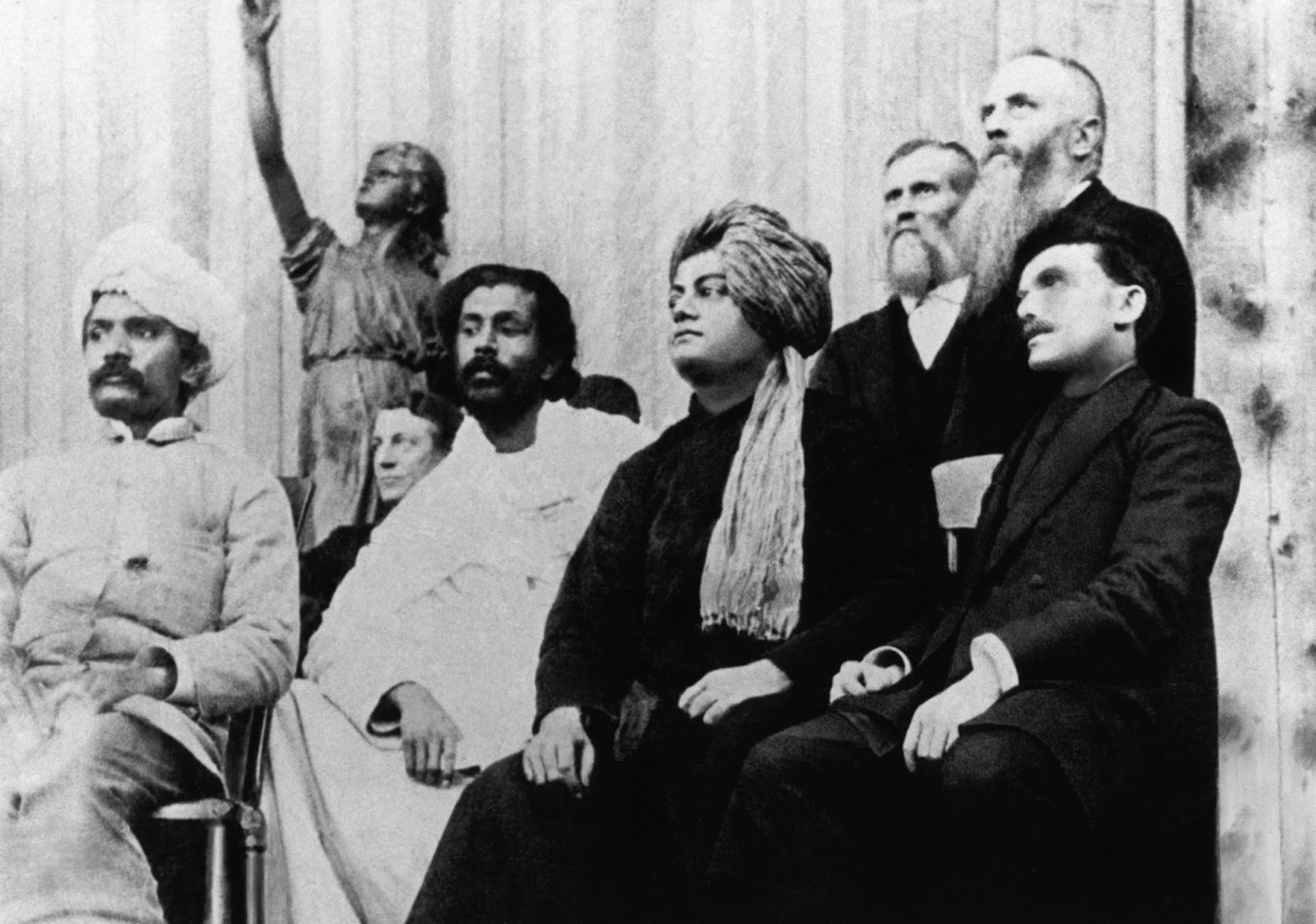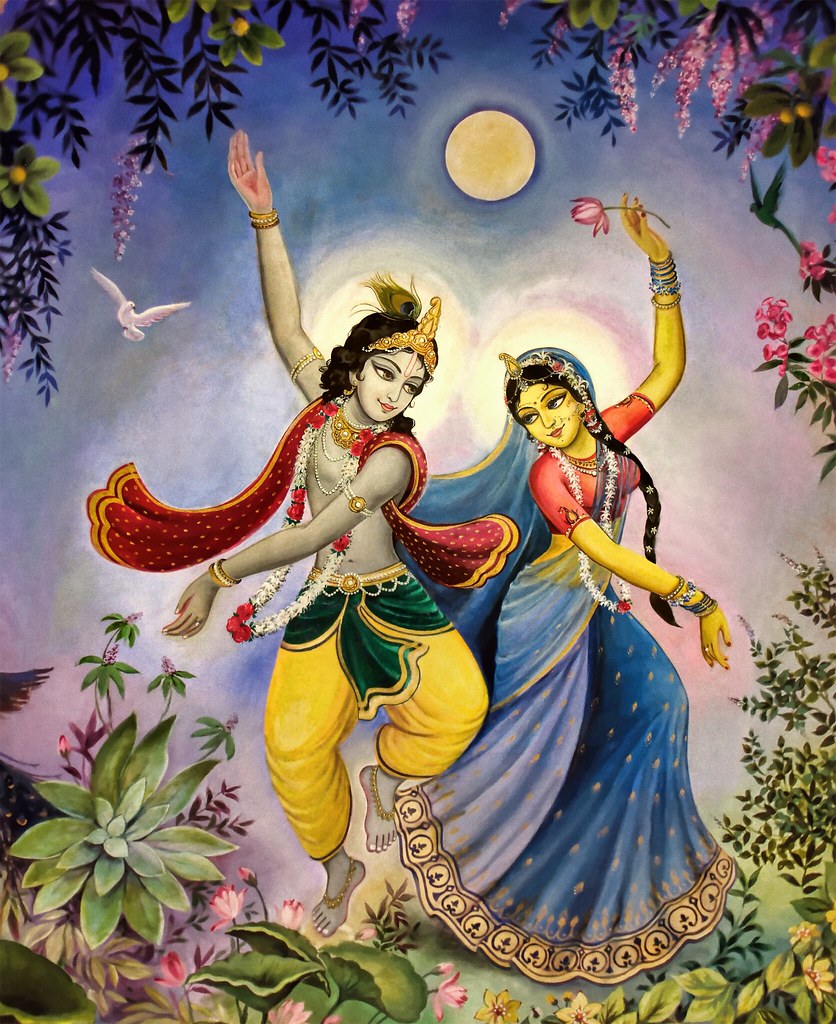The day and especially the night of Kārtika’s New Moon (amāvasyā) is an exceedingly sacred time of the year, and many Hindu regional/tribal traditions and the Hindu Dharma traditions in general have their own reasons and methods for observing it. Nevertheless, due to the unique environments and histories of certain regions, some focus on other days in the Dīpāvali (Diwali) period as their main day. In ancient times, this period of the year was the pivotal harvest of the summer/monsoon season crops, and started from the Full Moon of the Āśvina lunar month, known as Śarat Pūrṇimā, lasting to the New Moon of Kārtika. In the old world, it was common for farmers to illuminate their fields with rows of lamps, a feature which is preserved in many of the festivities of Diwali.
In modern times, from the individual homes to the community gatherings, Diwali’s central theme of reconciliation, moving forward, and illumination make this one of the most celebrated festival days in the world (nearly 800 million people, according to estimates). Here in the U.S., Hindus have come to be known for their celebration of Diwali, which is even being used in mainstream media and businesses to reach Hindu American markets. Politicians recognize it, schools teach about it and some states even give holidays to students – and while these are great strides forward for the Hindu American community, there is a tendency to reduce the festival to a basic story of light over darkness. As we will see, there are many reasons why this festival is about illuminating the various colors of our hearts’ emotions across the spectrum to achieve true prosperity through wisdom.



